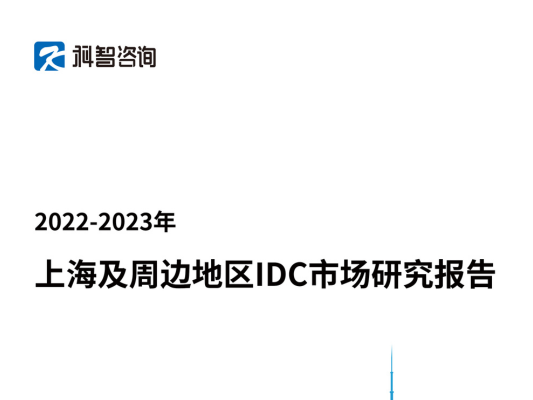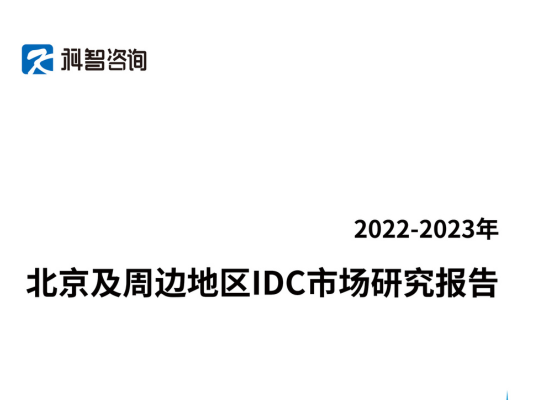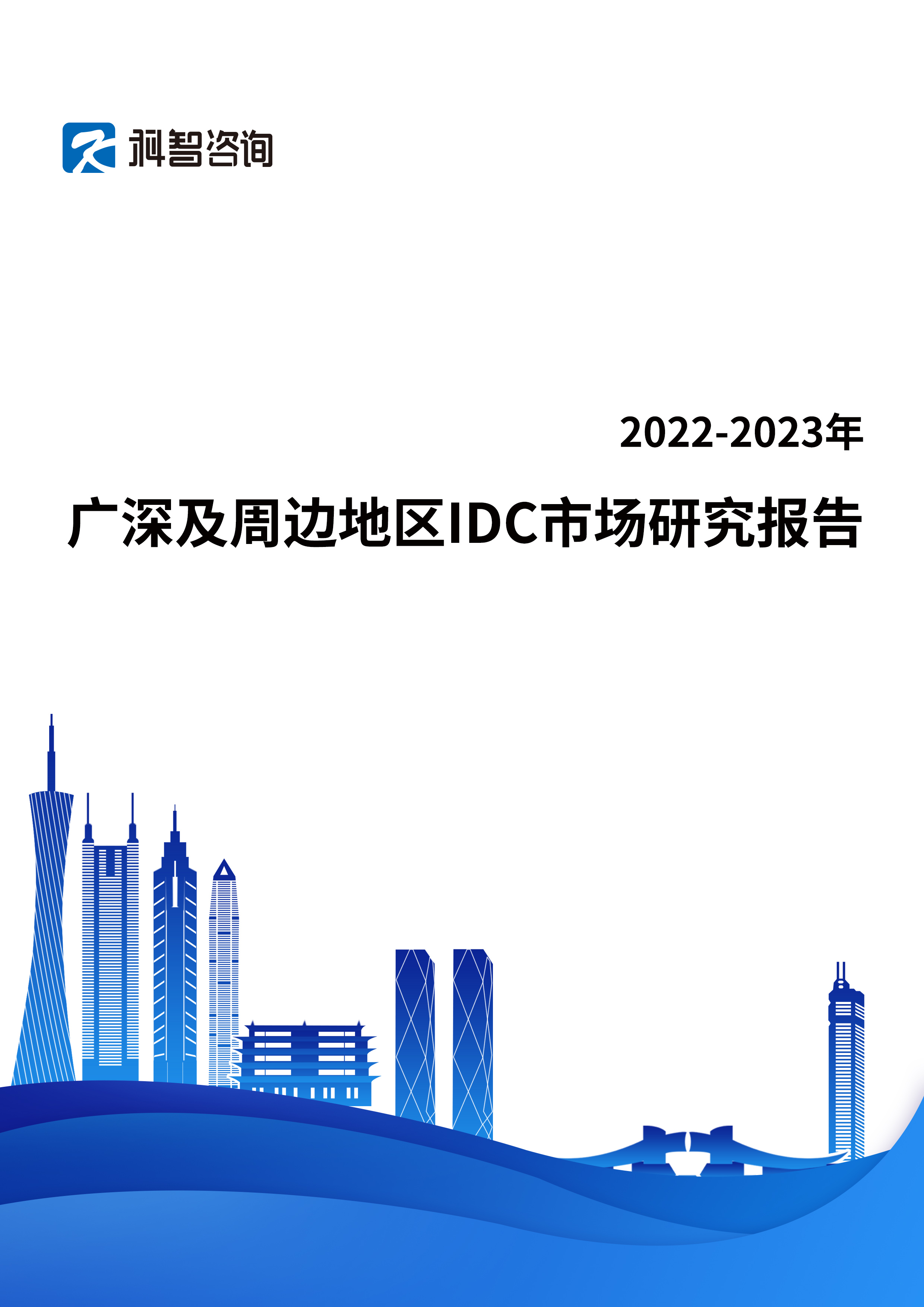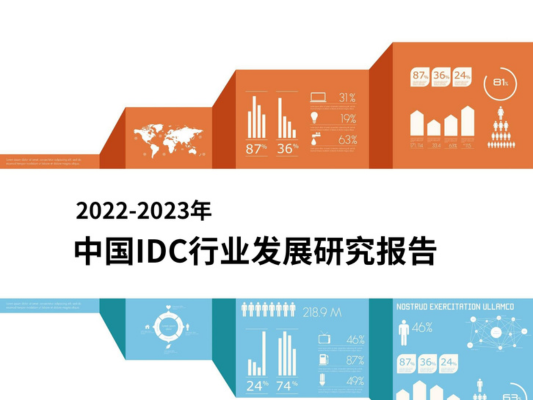On the morning of the 18th, the National Development and Reform Commission held a press conference for January. Yuan Da, director of the National Economic Comprehensive Department of the National Development and Reform Commission, Li Yunqing, director of the Economic Operation Adjustment Bureau, and Jin Xiandong, director of the Policy Research Office attended the press conference and answered questions from reporters.
At the meeting, a reporter asked: The National Development and Reform Commission and other departments have approved the establishment of national hub nodes of the national integrated computing power network in some provinces. Why do they need to build national hub nodes of the national integrated computing power network in these provinces? What role will these nodes play in the future?
Jin Xiandong said that the digital economy is becoming a key force for reorganizing factor resources, reshaping economic structure, and enhancing market competitiveness. Digital industrialization and industrial digitization are important directions for my country's economic transformation and upgrading. In recent years, with the accelerated progress of digital transformation and upgrading in various industries, especially the rapid popularization and application of new technologies such as 5G, artificial intelligence, and the IoT, the total amount of data in the whole society has exploded, and the demand for data storage, computing, transmission, and application has greatly increased.
The national hub node of the national integrated computing power network is the backbone node of China's computing power network. Traditionally, China communication network is mainly built around the degree of population aggregation, and network nodes are generally concentrated in first-tier cities such as Beijing, Shanghai and Guangzhou. The data center is highly dependent on the network, and then it is concentrated in urban deployment. In recent years, with the rapid development of the scale of data centers, higher requirements have been placed on energy, land, climate and other conditions. Some eastern regions have great demand for applications, but the energy consumption indicators are tight, electricity costs are high, and it is difficult to develop data centers on a large scale; while some western regions are rich in renewable energy and have a suitable climate, but there are problems with small network bandwidth and inter-provincial problems. The bottleneck of high data transmission cost makes it unable to effectively undertake the demand in the east. Therefore, it is urgent to increase the top-level design of the national computing power network, transform the network-centric development model as soon as possible, and reconstruct the network structure around the data center.
To this end, China has laid out 8 national hub nodes of the computing power network, and built data center clusters in areas with abundant renewable resources and suitable climate, geological and other conditions to achieve green, intensive and efficient development of data centers. Through the construction of national hub nodes, we will further plan the construction and layout of data centers, and guide the appropriate aggregation of large-scale data centers to form data center clusters. Within the cluster, adjust and optimize the network structure, and strengthen the supporting guarantees in terms of water, electricity, and energy consumption indicators. Between clusters and clusters, establish a high-speed data center direct network, implement the "East and West" project, support large-scale computing power scheduling, and build a new data flow-oriented computing power network pattern.
Recently, the National Development and Reform Commission, together with the Central Cyberspace Administration of China, the Ministry of Industry and Information Technology, and the National Energy Administration, have approved the construction of national hub nodes in four nodes including Inner Mongolia, Guizhou, Gansu and Ningxia. At the same time, it is cooperating with relevant departments to conduct in-depth demonstration of the construction plan of four nodes including Beijing-Tianjin-Hebei, Yangtze River Delta, Guangdong-Hong Kong-Macao Greater Bay Area, and Chengdu-Chongqing. Regarding the layout and construction of these two batches of 8 nodes, the positioning is different and the roles they play are also different. The four nodes of Guizhou, Inner Mongolia, Gansu, and Ningxia will build a nationwide non-real-time computing power guarantee base. It is positioned to continuously improve the service quality and utilization efficiency of computing power, give full play to its resource advantages, consolidate basic guarantees such as networks, and actively undertake non-real-time computing power needs such as background processing, offline analysis, and storage backup nationwide. The four nodes of Beijing-Tianjin-Hebei, Yangtze River Delta, Guangdong-Hong Kong-Macao Greater Bay Area, and Chengdu-Chongqing should serve the implementation needs of major regional development strategies. It is positioned to further coordinate the layout of data centers in the city and surrounding areas, realize the coordination and sustainability of large-scale computing power deployment and resources such as land, energy, water, and electricity, optimize the supply structure of data centers, and expand the space for computing power growth.
About IDCNova
IDCNova (Website: www.idcnova.com) is registered under the Hong Kong based Digital Intelligence International Company Limited. As the international presence of Zhongke Zhidao (Beijing) Co Ltd, Ditital Intelligence International aimes at establishing IDCNOVA as a professional media and consulting organization focusing on Internet data center and cloud computing industry, with proactive participation in global emerging markets.
IDCNOVA shares the partent company's unparalleled industry resources and influences in China to track the growth of the ecosystem by delivering news and professional advise on data center in China.
Industry Report:
2021-2022 China Data Center Industry Electromechanical Equipment Market Research Report
![]() 2021-2022 China Data Center Industry Electromechanical Equipment Market Research Report.pdf
2021-2022 China Data Center Industry Electromechanical Equipment Market Research Report.pdf
2020-2021 China IDC Market Research Report
![]() Sample 2020-2021 China IDC Market Research Report.pdf
Sample 2020-2021 China IDC Market Research Report.pdf
2020-2021 IDC Market Analysis Report in Beijing and Surrounding Areas
![]() Sample 2020-2021 IDC Market Research Report for Beijing and Surrounding Areas.pdf
Sample 2020-2021 IDC Market Research Report for Beijing and Surrounding Areas.pdf
2020-2021 IDC Market Analysis Report in Shanghai and Surrounding Areas
![]() Sample 2020-2021 IDC Market Research Report for Shanghai and Surrounding Areas.pdf
Sample 2020-2021 IDC Market Research Report for Shanghai and Surrounding Areas.pdf
2020-2021 IDC Market Research Report for Guangzhou-Shenzhen and Surrounding Areas
![]() 2020-2021 IDC Market Research Report for Guangzhou-Shenzhen and Surrounding Areas.pdf
2020-2021 IDC Market Research Report for Guangzhou-Shenzhen and Surrounding Areas.pdf
For industry insights, please contact [email protected]
English Website: www.idcnova.com
Wechat Account: 
Twitter: @idcnova








